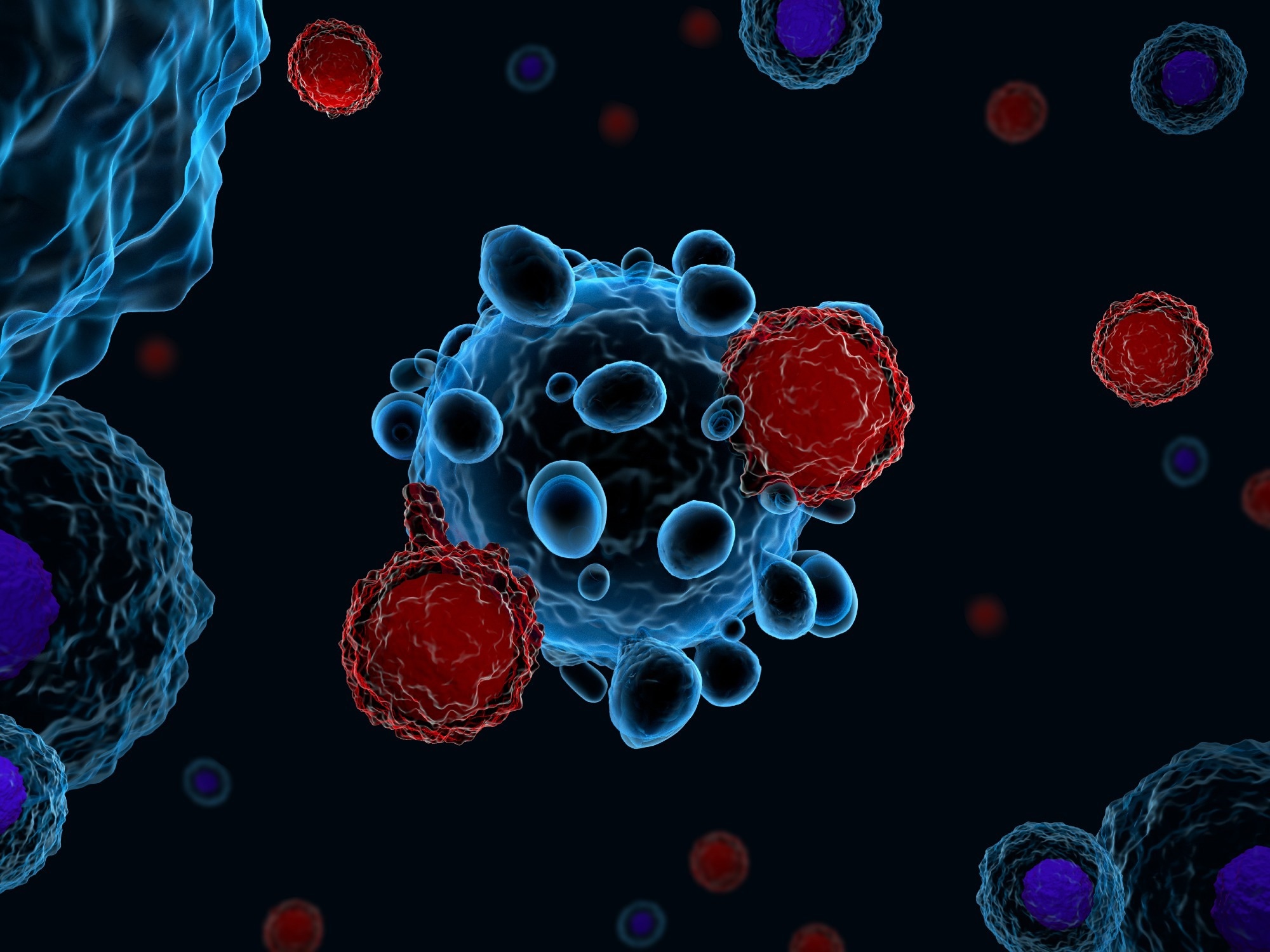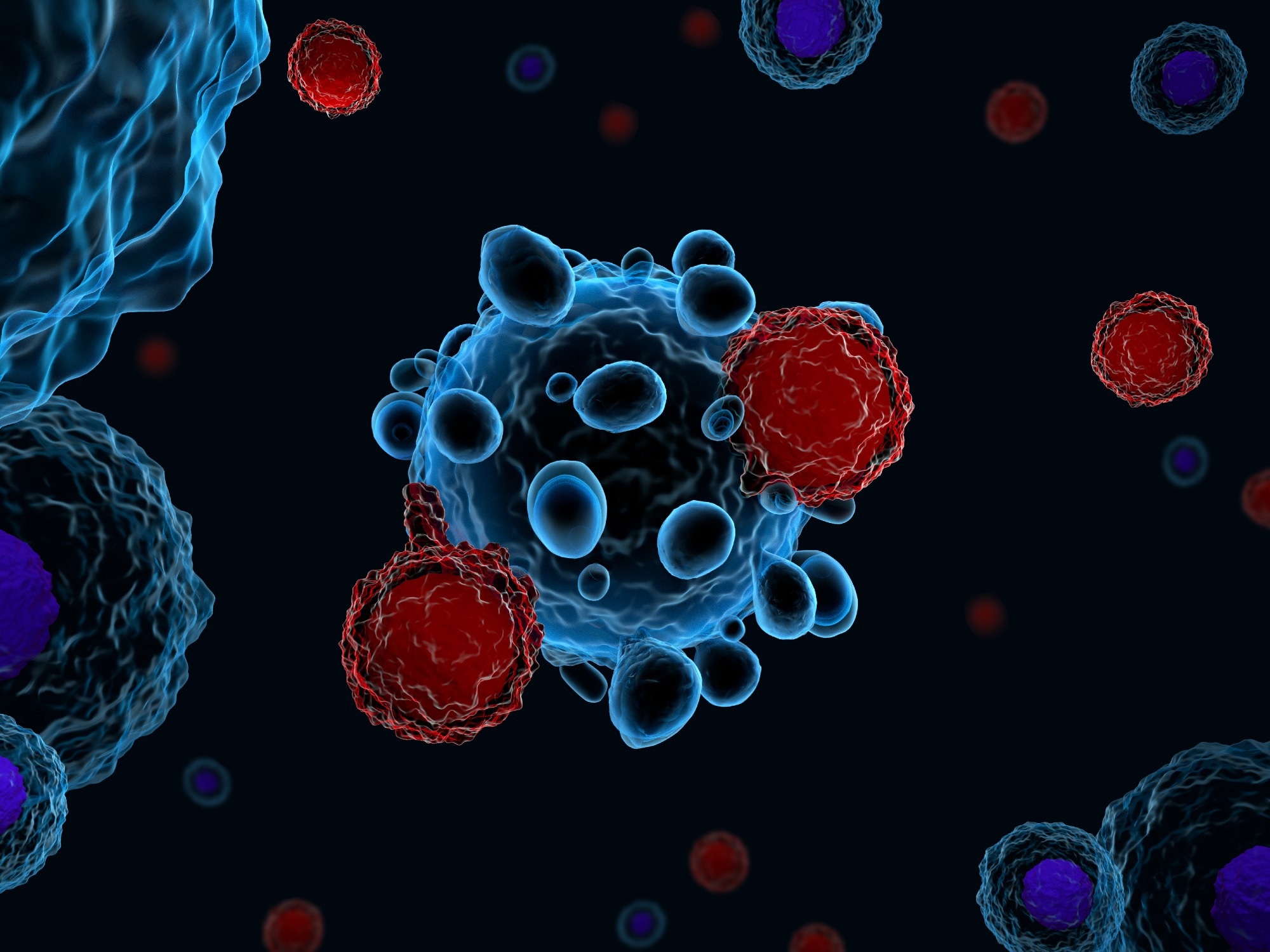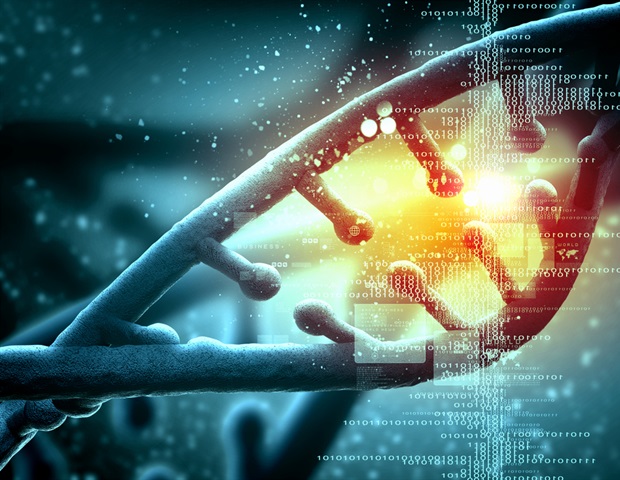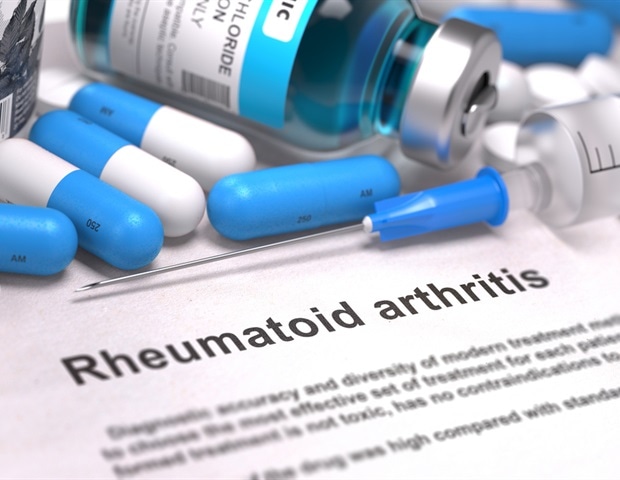In a recent study posted to the bioRxiv* preprint server, researchers assessed the de novo and recall T cell responses during coronavirus disease 2019 (COVID-19) breakthrough infection.

Background
It has been hypothesized that CD8+ and CD4+ T cell memory are essential determinants of vaccine-associated protection against severe outcomes. Intriguingly, although unvaccinated and COVID-19-vaccinated groups display comparable peak severe acute respiratory syndrome coronavirus 2 (SARS-CoV-2) load post-infection, the vaccinated cohort exhibited faster viral clearance within the upper respiratory tract (URT) commencing four to six days since symptom onset. It is plausible that both CD8+ T cells are responsible for the promotion of cytolysis or release antiviral cytokines, and CD4+ T cells, which may assist the recall of humoral immunity or possibly display cytotoxic activity, play a role in viral decline due to the vaccine. Yet, not enough data is known correlating CD4+ and/or CD8+ T cell recall to clearance of SARS-CoV-2.
About the study
In the present study, researchers characterized the kinetics and phenotype associated with recalled and primary T cell responses after SARS-CoV-2 Omicron or Delta breakthrough infection.
The team recruited 23 people with SARS-CoV-2 Delta or Omicron BA.1 or BA.2 breakthrough infection (BTI). Frequent longitudinal blood samples and nasal swabs were collected zero to 14 days post-symptom onset (PSO), with extra follow-up blood samples collected until day 44 PSO. Every tested individual submitted an average of nine samples, with 138 blood samples and 150 nasal swabs analyzed. All BTIs were minor and occurred on an average of 100 days after the last vaccination. Quantitative polymerase chain reaction (qPCR) of the nucleocapsid (N) gene was performed to assess the viral load in nasal swabs.
Using a live viral neutralization assay, the recall of neutralizing antibodies was evaluated. Piecewise linear regression was employed to estimate the kinetics of immunological recall after BTI to measure: (1) the duration of time from symptom onset and earliest alteration in neutralizing antibody titer (2) peak reaction time concerning the onset of symptoms, and (3) decay and growth rates. Using the DP04-S167- and DR15-S751-pMHC multimers, S-specific memory CD4+ T cells were found in all participants having the relevant human leukocyte antigen (HLA) alleles.
Irrespective of epitope specificity, S-specific CD8+ T cells increased after BTI beginning on day 4.4 PSO, reaching a peak on day 5.8 and remaining reasonably steady thereafter. However, a variation in recall observed between individuals was noted, with a minority of participants exhibiting a significant increase in the number of S-specific CD8+ T cells. The frequency of spike-specific cells in the rest of the six subjects remained relatively steady during the follow-up period.
Results
The highest viral load occurred shortly after the onset of symptoms, and there was no considerable difference noted in the peak viral load among the three variants of concern (VOCs). Analyzing the viral clearance rate as measured by linear regression, the decay rate for SARS-CoV-2 Delta outbreaks was notably faster than for Omicron. Antibody titers found against the infectious VOC rose from day 4.3 PSO and peaked at approximately day 14.6 PSO. Piecewise linear regression analysis revealed no significant variation in neutralizing antibody kinetics between participants infected with BA.1, BA.2, or Delta VOCs.
After BTI, longitudinal tracking revealed an obvious increase in the level of S-specific CD4+ T cells. Assessment of T cell kinetics using a piecewise linear model showed that the frequency of S-specific CD4+ T cells increased at 2.5 days PSO, peaked at 5.4 days, and then declined gradually thereafter. Interestingly, the emergence of activated Tet+ cells in circulation was synchronized across the group, with activation beginning approximately 1.1 days PSO and reaching its peak on day 3.6. During this time span, the number of activated pMHC-II+ CD4+ T cells climbed from 2.44%, noted at the initial sampling, to 74.5%.
The team found insignificant evidence of recalled T cells expressing a circulating T follicular helper (cTFH) phenotype at BTI, even in individuals whose CXCR5+ S-specific cells were detectable following primary vaccination. Consequently, no link was found between the growth rate or peak of neutralizing antibody titers and the mechanisms of S-specific CD4+ T cell memory/recall across the group.
The team detected a global upregulation of CD38 present on S-specific CD8+ T cells which is estimated to commence shortly after symptom onset and r a maximum at 7.1 days. The six individuals from the study cohort with limited T cell growth displayed S-specific cell activation, with three exhibiting comparatively high frequencies of CD38+ cells in their initial sample, which decreased with time. Therefore, it is plausible that the initiation of CD8+ T cell activation and proliferation was incident before the first accessible sample in the assessed individuals, either due to a delay between infection and onset of symptoms or quick T cell recall.
Overall, the study findings showed that CD4+ and CD8+ T cells are rapidly activated before an increase in the level of neutralizing antibodies. In addition, the team observed a correlation between high S-specific CD8+ T cell activation levels and a faster reduction in SARS-CoV-2 RNA levels within the URT. This highlighted the need for an extensive understanding of the function of vaccine-induced T cell immunity mechanistically and a predictor of protection.
*Important notice
bioRxiv publishes preliminary scientific reports that are not peer-reviewed and, therefore, should not be regarded as conclusive, guide clinical practice/health-related behavior, or treated as established information.
Journal reference:
- Marios Koutsakos, Arnold Reynaldi, Wen Shi Lee, Julie Nguyen, Thakshila Amarasena, George Taiaroa, Paul Kinsella, Kwee Chin Liew, Thomas Tran, Helen E Kent, Hyon-Xhi Tan, Louise C Rowntree, Thi H. O. Nguyen, Paul Thomas, Katherine Kedzierska, Jan Petersen, Jamie Rossjohn, Deborah A Williamson, David Khoury, Miles Philip Davenport, Stephen J. Philip Kent, Adam K Wheatley, Jennifer A Juno. (2022). Rapid recall and de novo T cell responses during SARS-CoV-2 breakthrough infection. bioRxiv. doi: https://doi.org/10.1101/2022.12.19.521129 https://www.biorxiv.org/content/10.1101/2022.12.19.521129v1









